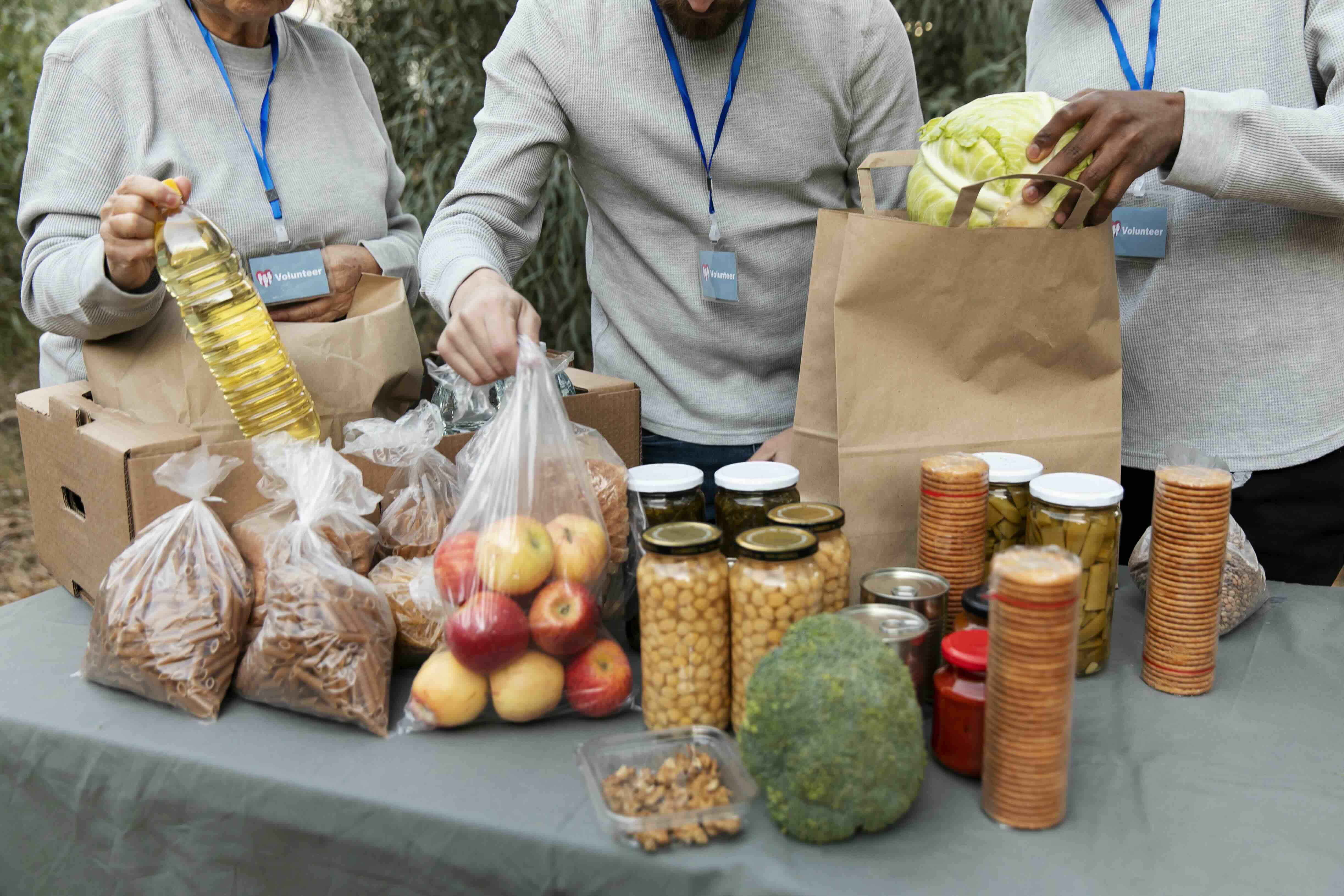In a world where convenience matters, non-perishable foods stand out as one of the most essential components of any well-stocked pantry. Whether you're preparing for an emergency, seeking to save money, or trying to reduce food waste, these versatile items provide nutrition and peace of mind. Let's explore why non-perishable foods deserve a permanent spot on your grocery list, and how to smartly integrate them into your meal planning.
What Are Non-Perishable Foods?
Non-perishable foods are items that have a long shelf life and do not require refrigeration until opened. They include canned goods, dried foods, and some packaged products that are processed in ways to prevent spoilage.
Benefits of Non-Perishable Foods
One of the main advantages of non-perishable items is their long shelf life, which can extend from months to years. They are excellent for stockpiling, and buying them in bulk can save you money. During emergencies or natural disasters, these items are critical because they are unaffected by power outages unlike refrigerated foods.
Examples of Non-Perishable Foods
- Canned Goods: Vegetables, fruits, beans, and soups are staples.
- Dried Foods: Pasta, rice, lentils, and oats offer valuable nutrition.
- Nuts and Seeds: Packed with healthy fats and proteins.
- Condiments: Spices, oils, and sauces enhance flavors.
- Boxed and Packaged Goods: Cereals, granola bars, and crackers are great snacks.
Incorporating Non-Perishable Foods into Your Meals
To fully leverage the potential of non-perishable foods, consider incorporating them regularly into your meals. Here are some creative ideas:
Meal Ideas
- Hearty Soups and Stews: Combine canned beans, vegetables, spices, and broth for a nourishing meal.
- Quick and Easy Pasta Dishes: Use dried pasta, canned tomatoes, and olive oil for a fast dinner.
- Nutritious Grain Bowls: Mix cooked dried grains like quinoa with canned chickpeas and vegetables.
- Homemade Trail Mix: Combine nuts, seeds, and dried fruits for a nutritious snack.
Storage Tips
For best results, store non-perishable foods in a cool, dry place, away from direct sunlight. Rotate your stock by placing newer items behind older ones, ensuring you use up foods before they can potentially spoil. Proper storage helps maintain the quality and safety of these products, making them ready for use whenever needed.
Final Thoughts
Non-perishable foods are a valuable ally in maintaining a balanced, efficient kitchen. By strategically incorporating these items into your diet, you not only enhance your meal options but also ensure you’re prepared for unexpected events. Start by gradually building a stockpile based on your family’s preferences and dietary needs, and watch your pantry transform into a powerhouse of convenience and nutrition.

